There are numerous prairies along western Iowa's scenic byways that are open to public exploration, While most have no maintained trails, the prairies are open to off-trail hiking, birdwatching, wildflower walks, and other types of low-impact recreation. Below is a selection of public prairies along the scenic byways of western Iowa.
T.H. Steele Prairie State Preserve consists of 200 acres of native tallgrass prairie in two tracts, both of which are located northwest of Larrabee, Iowa. Steele Prairie is classified as a biological and geological state preserve due to the diversity of tallgrass prairie plants and wildlife present, as well as the undisturbed nature of its rolling terrain, shaped by glaciers 20,000 to 30,000 years ago. Browns’ Prairie is an important tract in one of the largest areas of native grassland left in the state. Located within more then 3,000 contiguous acres of prairie in the Little Sioux Valley region, the property provides habitat for wildflowers, butterflies and grassland nesting birds. This particular tract of land was historically pastured, but much of the native grass has survived. A special feature of the tract is a small, crystal-clear, spring-fed steam that meanders through it. Browns' Prairie is level to steeply rolling. Care should be exercised by the elderly and children. This area is extremely hot in the summer and cold in the winter without trees to break the wind or sun. Cattle grazing is used to manage native grasses so please exercise caution when visiting the area. Bertram Reservation is a 240-acre wildlife area with oak savannah prairie that has hiking trails as well as equestrian trails.
The 964-acre Five Ridge Prairie State Preserve exemplifies the northern loess bluffs of western Iowa with a mixture of oak timbered valleys, native prairie ridge tops and west facing slopes. This unique loess landform site is home to several state threatened and endangered plant and animal species. It was also the site of the original wild turkey restoration stocking for Plymouth County. The public is invited to hike and enjoy Five Ridge year round. Sioux City Prairie is one of the nation’s largest native prairie tracts found in an urban setting. An area uniquely and delicately balanced between the city and the wild, Sioux City Prairie is a TNC-owned 150-acre tallgrass prairie preserve. The prairie and wooded valleys of this well-drained, high-relief landscape support a variety of plants and animals typically found further west in the Great Plains. The preserve also supports a diverse population of birds and it provides critical habitat for many species of prairie butterflies. Mount Talbot State Preserve is a 90-acre area featuring a rugged Loess Hills landscape with forested slopes and prairie-capped ridges. It is located in the northern part of Stone State Park, in Plymouth and Woodbury counties. The preserve contains about 35 acres of prairie on narrow ridge tops adjoining a large tract of oak woodland in the deep ravines. It supports a rich prairie flora of over seventy-five native plants. The site is very scenic with panoramic views of the Loess Hills landscape. Sylvan Runkel State Preserve is a 330-acre preserve containing an outstanding example of Iowa’s Loess Hills landscape, with extensive native prairie covering steep hills. The preserve lies along the western edge of the Loess Hills landform region, overlooking the broad Missouri River valley. The preserve supports a variety of prairie, forest, and brush vegetation. A total of over 200 plant species can be found. The main feature of the preserve is a prominent ridge with over 100 acres of high-quality native prairie. Turin Loess Hills State Preserve is a 220-acre area featuring a rugged Loess Hills landscape with an abrupt west-facing ridge. It is located in the southern unit of the 3,000-acre Loess Hills Wildlife Area, 2 miles north of Turin and 7.5 miles east of Onawa in Monona County. In 1978, the area was dedicated as a biological and geological state preserve and became part of a National Natural Landmark in 1986. Folsom Point Preserve features spectacular landscapes, with open prairie ridges rising dramatically out of the Missouri River floodplain. This preserve not only has high-quality prairie on the ridges; it also has a rare example of mesic prairie in one of the valleys. These high-quality habitats support a high diversity of prairie plants, birds and butterflies. The terrain is quite rugged with steep slopes. Folsom Point Prairie protects one of the largest remaining contiguous prairie remnants in the southern Loess Hills. Purchased in 1999, the prairie provides a valuable habitat for grassland animals, particularly in an area where the prairie community has largely disappeared. John Wanamaker chose the name for Eli Slusher Wildlife Management to honor the original homesteader on the property, who received his first land grant from President Franklin Pierce in 1853. The wildlife area contains 411 acres in the Loess Hills with high quality remnant prairie, oak savanna, woodland, scenic vistas, and retired hay land.
Greenwood Cemetery Prairie sits next to one of the older cemeteries (1860s) in Guthrie County. Bundt Prairie is a rare gem located where a 1-room country school originally sat. A variety of native prairie grasses and forbs inhabit both sites. Bring your identification book and your camera to capture the beauty of this remarkable ecosystem. While you hike the area, keep in mind that what you see of the prairie plants is typically only 1/3 of the plant's height. Some plants have root systems that stretch over 15 feet into the ground. Friendly reminder: Please don't pick any wildflowers and be respectful of cemetery rules. Sheeder Prairie State Preserve is a 25-acre tallgrass prairie. It is located five miles west of Guthrie Center in Guthrie County. The property was purchased in 1961 by the Iowa Conservation Commission from Oscar and Clara Sheeder, the son and daughter-in-law of the original homesteader. It was dedicated as a biological state preserve in 1968. This preserve lies within the Southern Iowa Drift Plain, a landform region of gently rolling terrain. Over 200 plant species are found in this preserve, including thirty grasses.
1 Comment
Leave a Reply. |
Archives
June 2024
Categories
All
|
Address712 South Highway Street
P.O. Box 189 Oakland, IA 51560 |
ContactPhone: 712-482-3029
General inquiries: [email protected] Visit our Staff Page for email addresses and office hours. |
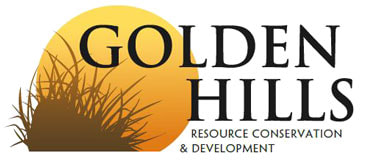
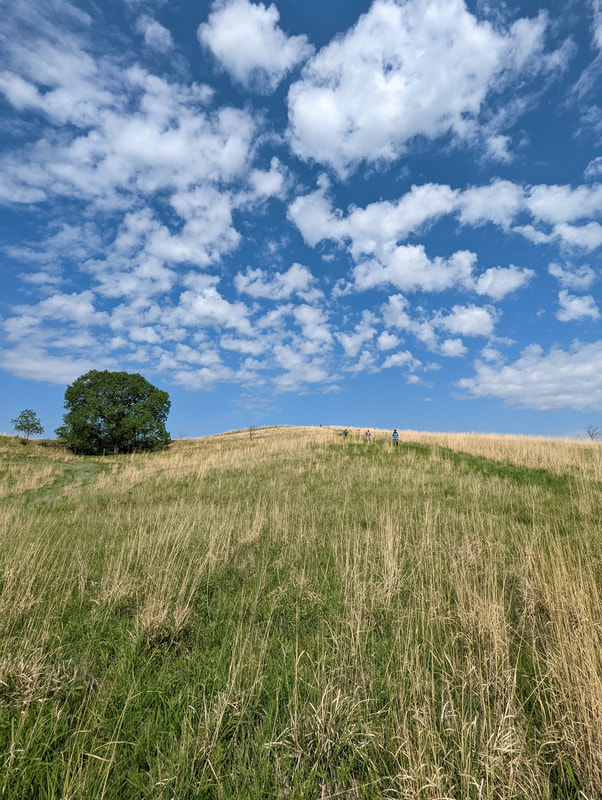
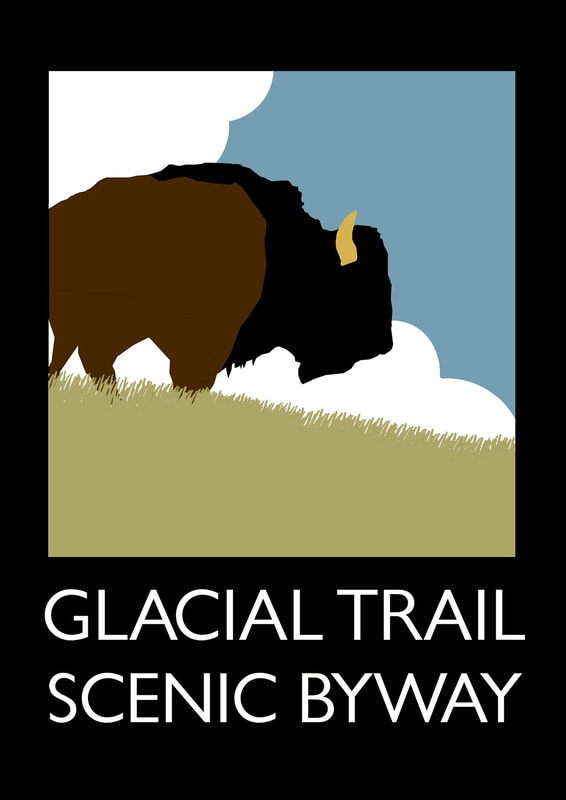
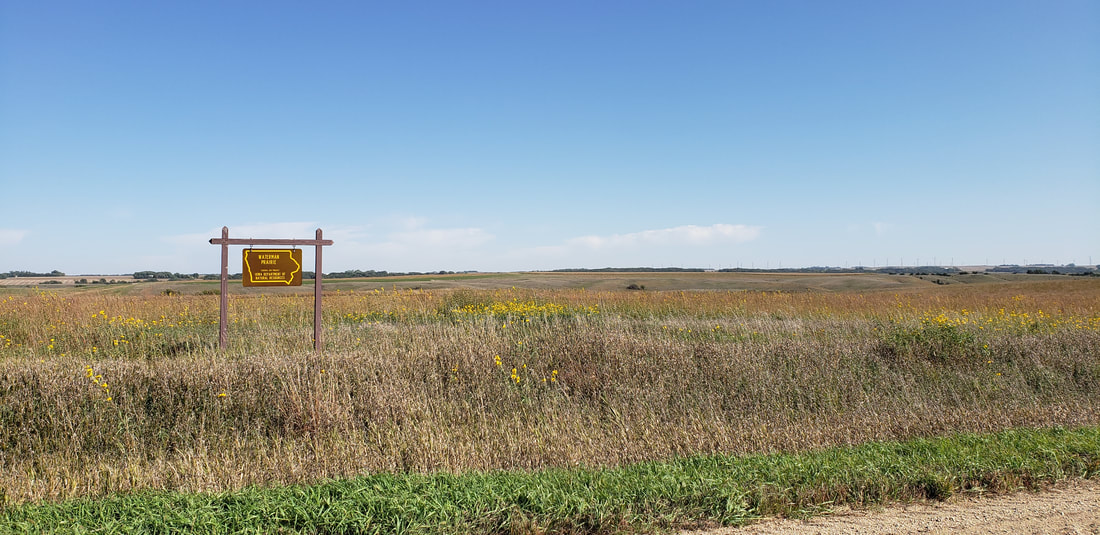
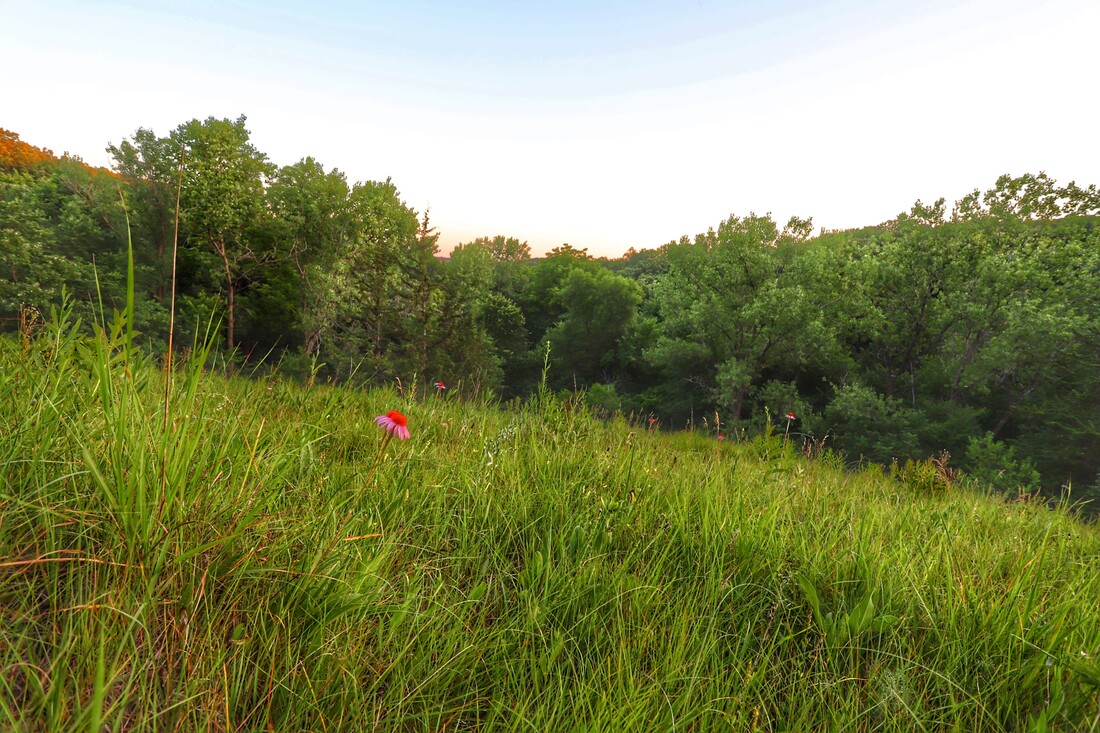
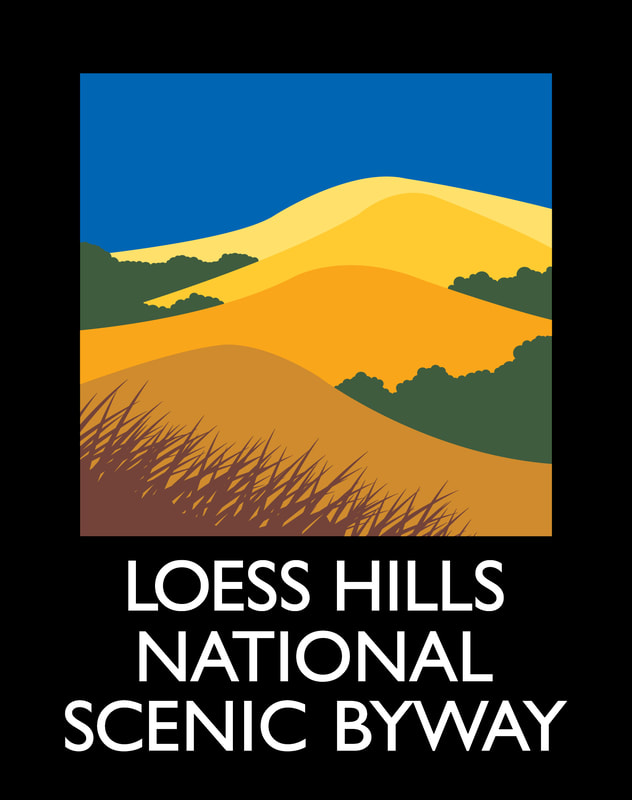
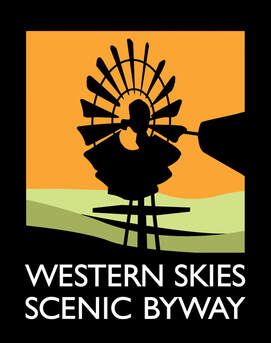
 RSS Feed
RSS Feed